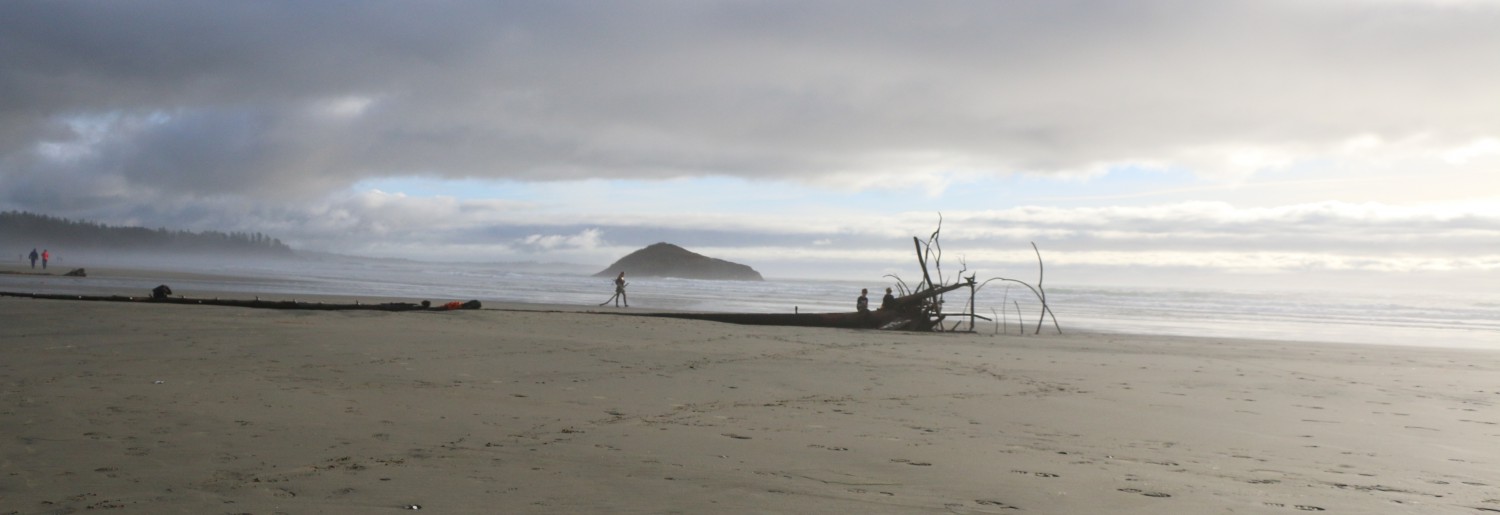Monday, August 29, 2011 – Globe and Mail
ANNA MEHLER PAPERNY
OLD BRIDGE, N.J. — It wasn’t until she collapsed outside the building that the pain took over.
Throughout the 78-storey trek to the bottom of the South Tower of the World Trade Center, Donna Spera was unaware of her surroundings, the passage of time or her own condition.
She remembers blood on the stairs, but didn’t think it was hers. She recalls crawling over an elevator smashed through the stairwell, but not how her legs became lacerated. She couldn’t figure out why a friend wrapped his shirt around her hand.
But once outside, she became aware of the scorched and melted skin on her arms and back; of her gashed knees, shattered hand and bloody scalp. And that’s when Dominic Guadagnoli grabbed her.
The deputy marshal, who’d been working in a courthouse nearby, made a dash for the World Trade Center shortly after the planes hit. The people he helped out of the towers came in waves of escalating injury: first the relatively unscathed; then the dust-caked, the water-soaked, the shell-shocked and slightly battered. And then Ms. Spera.
“I just scooped her up and ran. … I said, ‘Don’t worry, I’m not going anywhere. I got you.’ ”
She has a foggy recollection of photographers snapping away in close proximity as Mr. Guadagnoli carried her to the makeshift triage area near the Millennium Hotel. “Tell them to stop,” she moaned, and buried her head in his shoulder.
“I wanted to freaking kill them,” she says.
Ms. Spera was still at Long Island College Hospital – surgeons stapling her back together, removing charred and blackened masses of skin – when she first saw the photo.
It was on AOL.com, a nurse told her. And in all the newspapers. “I was hysterical when I saw it.”
Ms. Spera, 46, still isn’t sure how the TV personalities found her in hospital. The first was Montel Williams, who interviewed her in between surgeries.
“They just started coming out of the woodwork,” she said. “And at that time I’m still in shock so I’m like, Yeah, sure, why not?’ ”
But it was weeks before she met the man everyone kept referring to as “your marshal.”
Because of the photo, Mr. Guadagnoli’s phone “had been ringing off the hook,” he said.
“I didn’t want to have anything to do with it. But then I thought, what a neat thing for my kids to have.” People kept asking him about the woman he’d carried to safety. “It was killing me, not knowing.”
So he did some online sleuthing and worked up the courage to call her. They’ve become friends, and understand each other in ways even their spouses don’t.
Ms. Spera’s medical odyssey seemed endless. But the worst damage was to her psyche.
She never returned to work at the insurance firm, and couldn’t go back to Manhattan for years afterward. She still hasn’t been south of midtown. After years spent fighting for compensation for post-traumatic stress disorder, she now steels herself daily to swallow a litany of pills: Zoloft and Wellbutrin for depression; Xanax for anxiety; Nexium for acid reflux.
She doesn’t trust Middle Eastern-looking people, strangers or the government. “I wasn’t a prejudiced person,” the 46-year-old says. “But I am now.” Unlocking her front door, she turns and peers in trepidation at an unfamiliar car driving down the New Jersey cul-de-sac that’s become her sanctuary.
Mr. Guadagnoli knows that sense of anxiety. For months afterward, loud noises – anything from thunderstorms to slammed doors to the sirens on his own truck – were enough to make him cower, waiting for the auditory assault to end.
PTSD treatment helped. So did moving to Florida with his family. But the phone calls and interview requests haven’t stopped. They’re annoying, the 42-year-old says, but he figures that picture is one of the stories from that day with a happy ending: They both survived.
“This gives people hope,” he said. Still, “I think it’s time to just put it in its place and just move on the best I can.”
*****
BEHIND THE LENS: Photographer forgot to flee
News of airborne attacks woke Gulnara Samoilova. The Associated Press photographer grabbed whatever film was close at hand and ran the four blocks to the World Trade Center.
She got to a makeshift triage centre and started shooting – rescuers, jumpers, the dazed and the wounded. It was somehow calming, she said, to watch emergency workers categorize casualties and try to make sense of the scene.
“When the first tower started to fall, I took one picture at the beginning of the collapse and I began to run,” she said. “[But] there was nowhere, really, to run.”
Enveloped in dust, she hid herself and her gear behind a truck near Church Street.
“When I realized that I was alive and I could see, I took some more photos,” she said. “It didn’t occur to me to run away.”
She shot her last few frames in a daze, went home and got the film – barely 100 frames worth – to her editors. Ms. Samoilova was shocked afterward to see the photo of Ms. Spera and Mr. Guadagnoli in mottled colour. “I have no idea why [colour film] was in my bag. I don’t shoot colour.”
She’s proud, she says, of what she shot: “I met amazing people. … One way or another, they contacted me after the photos.”
But Ms. Samoilova also knew, after 9/11, that she couldn’t stay there. And she couldn’t continue to do her job.
She stayed with AP in New York for a couple of years, then took off. “I quit news altogether.”
She’s back in the city now, photographing weddings.
“I just wanted to be surrounded by happy people,” she says. “I still capture moments. But I capture happy moments. And I’m just happy to deliver these moments and emotions to all my happy clients. And I love it.”
Anna Mehler Paperny

